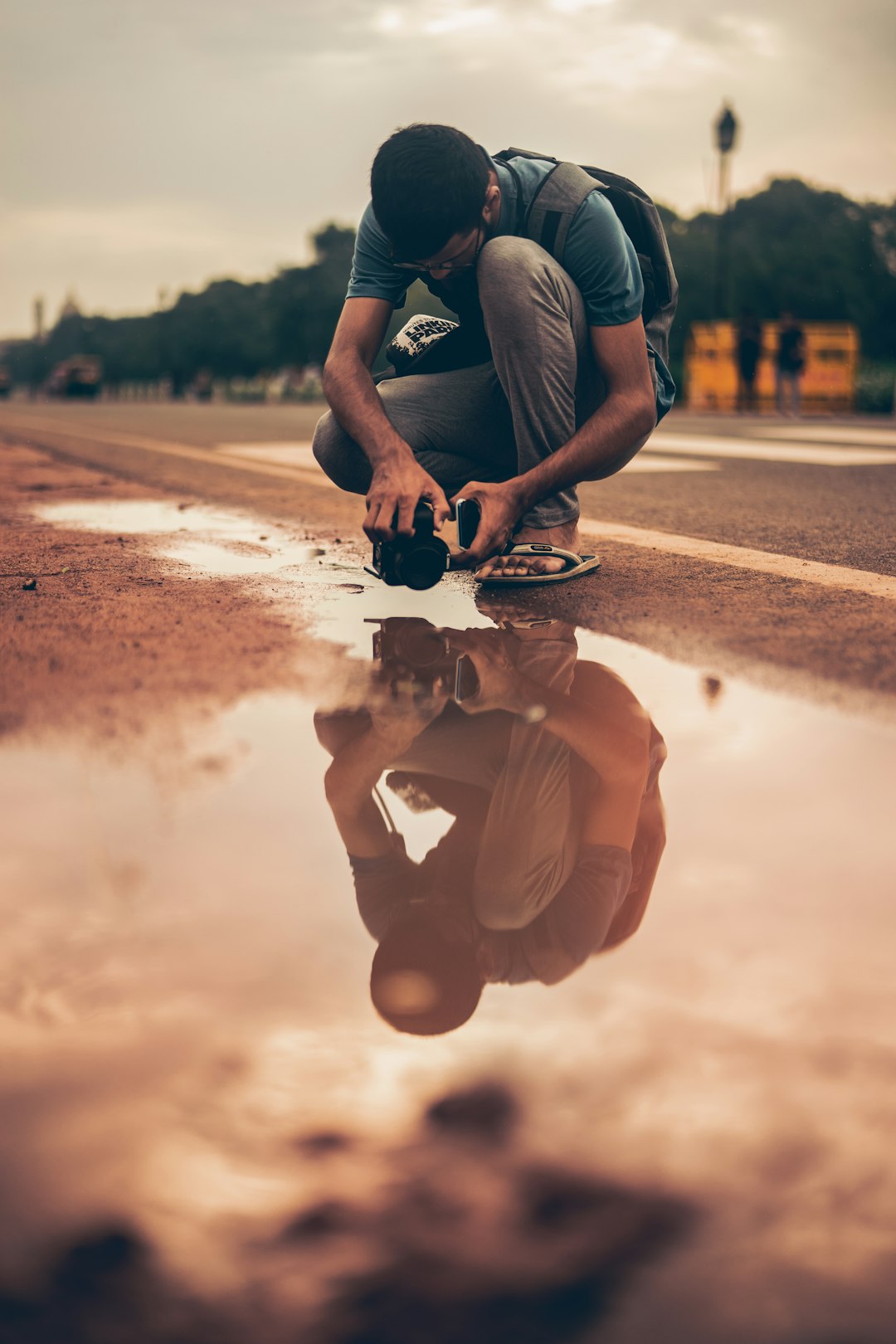Writing as a Way of Seeing
A novel or a memoir is about much more than learning to use techniques.

Ten Shun!
It’s common to think of writing as just that - the process of putting words on a page.
But writing a novel is not just about tapping out sentences on your keyboard. That’s just the endpoint of a much longer and much deeper process. A process that concludes with - and is initiated by - a certain state of being,…


